Google Professional Cloud Developer Professional Cloud Developer Online Training
Google Professional Cloud Developer Online Training
The questions for Professional Cloud Developer were last updated at Dec 11,2025.
- Exam Code: Professional Cloud Developer
- Exam Name: Professional Cloud Developer
- Certification Provider: Google
- Latest update: Dec 11,2025
You are planning to deploy your application in a Google Kubernetes Engine (GKE) cluster. The application exposes an HTTP-based health check at /healthz. You want to use this health check endpoint to determine whether traffic should be routed to the pod by the load balancer.
Which code snippet should you include in your Pod configuration?
A)
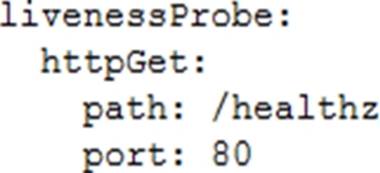
B)
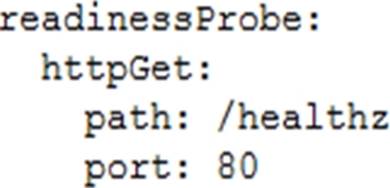
C)
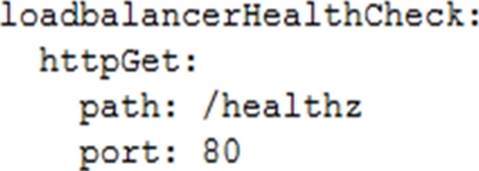
D)
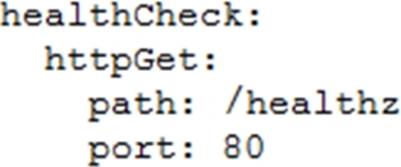
- A . Option A
- B . Option B
- C . Option C
- D . Option D
Your teammate has asked you to review the code below. Its purpose is to efficiently add a large number of small rows to a BigQuery table.

Which improvement should you suggest your teammate make?
- A . Include multiple rows with each request.
- B . Perform the inserts in parallel by creating multiple threads.
- C . Write each row to a Cloud Storage object, then load into BigQuery.
- D . Write each row to a Cloud Storage object in parallel, then load into BigQuery.
You are developing a JPEG image-resizing API hosted on Google Kubernetes Engine (GKE). Callers of the service will exist within the same GKE cluster. You want clients to be able to get the IP address of the service.
What should you do?
- A . Define a GKE Service. Clients should use the name of the A record in Cloud DNS to find the service’s
cluster IP address. - B . Define a GKE Service. Clients should use the service name in the URL to connect to the service.
- C . Define a GKE Endpoint. Clients should get the endpoint name from the appropriate environment variable in
the client container. - D . Define a GKE Endpoint. Clients should get the endpoint name from Cloud DNS.
You are using Cloud Build to build and test application source code stored in Cloud Source Repositories. The build process requires a build tool not available in the Cloud Build environment.
What should you do?
- A . Download the binary from the internet during the build process.
- B . Build a custom cloud builder image and reference the image in your build steps.
- C . Include the binary in your Cloud Source Repositories repository and reference it in your build scripts.
- D . Ask to have the binary added to the Cloud Build environment by filing a feature request against the Cloud Build public Issue Tracker.
You are deploying your application to a Compute Engine virtual machine instance. Your application is configured to write its log files to disk. You want to view the logs in Stackdriver Logging without changing the application code.
What should you do?
- A . Install the Stackdriver Logging Agent and configure it to send the application logs.
- B . Use a Stackdriver Logging Library to log directly from the application to Stackdriver Logging.
- C . Provide the log file folder path in the metadata of the instance to configure it to send the application logs.
- D . Change the application to log to /var/log so that its logs are automatically sent to Stackdriver Logging.
Your service adds text to images that it reads from Cloud Storage. During busy times of the year, requests to Cloud Storage fail with an HTTP 429 "Too Many Requests" status code.
How should you handle this error?
- A . Add a cache-control header to the objects.
- B . Request a quota increase from the GCP Console.
- C . Retry the request with a truncated exponential backoff strategy.
- D . Change the storage class of the Cloud Storage bucket to Multi-regional.
You are building an API that will be used by Android and iOS apps.
The API must:
• Support HTTPs
• Minimize bandwidth cost
• Integrate easily with mobile apps
Which API architecture should you use?
- A . RESTful APIs
- B . MQTT for APIs
- C . gRPC-based APIs
- D . SOAP-based APIs
Your application takes an input from a user and publishes it to the user’s contacts. This input is stored in a table in Cloud Spanner. Your application is more sensitive to latency and less sensitive to consistency.
How should you perform reads from Cloud Spanner for this application?
- A . Perform Read-Only transactions.
- B . Perform stale reads using single-read methods.
- C . Perform strong reads using single-read methods.
- D . Perform stale reads using read-write transactions.
Your application is deployed in a Google Kubernetes Engine (GKE) cluster. When a new version of your application is released, your CI/CD tool updates the spec.template.spec.containers[0].image value to reference the Docker image of your new application version. When the Deployment object applies the change, you want to deploy at least 1 replica of the new version and maintain the previous replicas until the new replica is healthy.
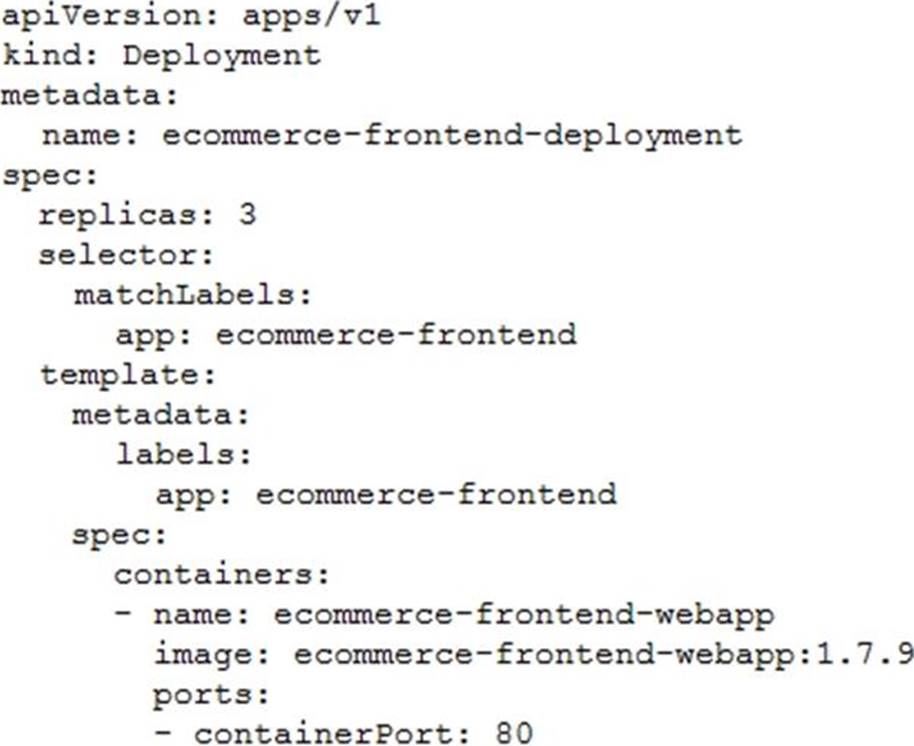
Which change should you make to the GKE Deployment object shown below?
- A . Set the Deployment strategy to RollingUpdate with maxSurge set to 0, maxUnavailable set to 1.
- B . Set the Deployment strategy to RollingUpdate with maxSurge set to 1, maxUnavailable set to 0.
- C . Set the Deployment strategy to Recreate with maxSurge set to 0, maxUnavailable set to 1.
- D . Set the Deployment strategy to Recreate with maxSurge set to 1, maxUnavailable set to 0.
You plan to make a simple HTML application available on the internet. This site keeps information about FAQs for your application. The application is static and contains images, HTML, CSS, and Javascript. You want to make this application available on the internet with as few steps as possible.
What should you do?
- A . Upload your application to Cloud Storage.
- B . Upload your application to an App Engine environment.
- C . Create a Compute Engine instance with Apache web server installed. Configure Apache web server to host the application.
- D . Containerize your application first. Deploy this container to Google Kubernetes Engine (GKE) and assign an external IP address to the GKE pod hosting the application.
Latest Professional Cloud Developer Dumps Valid Version with 75 Q&As
Latest And Valid Q&A | Instant Download | Once Fail, Full Refund

